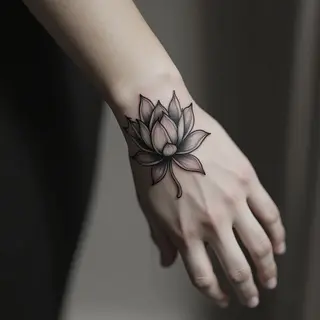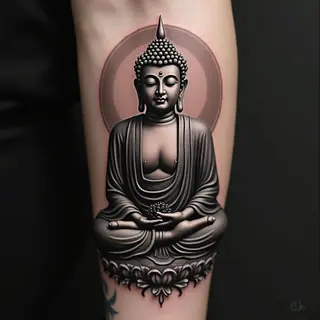The Art of Realistic Tattoos: A Comprehensive Guide
Realistic tattoos are a captivating art form, really pushing the boundaries of what’s possible with traditional tattooing. The goal is to recreate photographic accuracy on skin—capturing every detail, subtle shading shift, and the emotion behind it all.
Exploring Styles Within Realism
Let's break down some of the most popular styles within realistic tattooing. Each has its own unique appeal and technical challenges.
Portrait Tattoos
These are arguably the most sought-after form of realism, depicting faces—whether it’s a loved one or an iconic figure—with incredible detail. It's not just about capturing likeness; a skilled artist conveys personality and emotion too.
Black and Grey Tattoos
While color realism is certainly impressive, black and grey tattoos offer a timeless elegance. The way shading is used creates depth and dimension—the results are truly lifelike.
Watercolor Realism
This style is something special: it combines the precision of realism with the fluidity of watercolor painting. You get soft, translucent effects that mimic traditional artwork beautifully.
Techniques and Important Considerations
Achieving true realism demands a high level of skill. Artists specializing in this style often use very fine-tipped needles and take a meticulous approach to their work.
Proper skin preparation is also key—well-hydrated, healthy skin will always give you the best results. And color selection matters too; accurate pigment matching is essential for that truly realistic look.
Symbolism and Meaning
Like any tattoo, a realistic piece can carry deep personal meaning. Portraits often represent love, remembrance, or admiration—a way to keep someone close.
Other subjects, like animals or nature scenes, might symbolize strength, peace, or a connection to the natural world. It’s all about what resonates with you.
Choosing an Artist and Aftercare
Finding a reputable artist who has extensive experience in realism is absolutely crucial. Take the time to carefully review their portfolio—you want to see examples of their work.
Aftercare is just as important; follow your artist's instructions closely to ensure proper healing and preserve the vibrancy of your tattoo for years to come.


